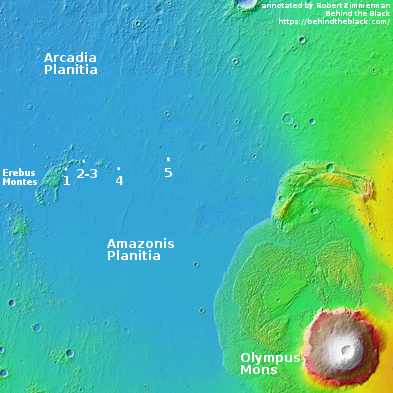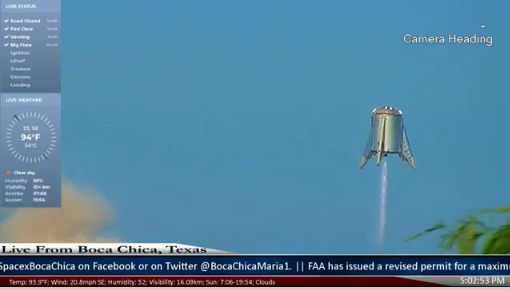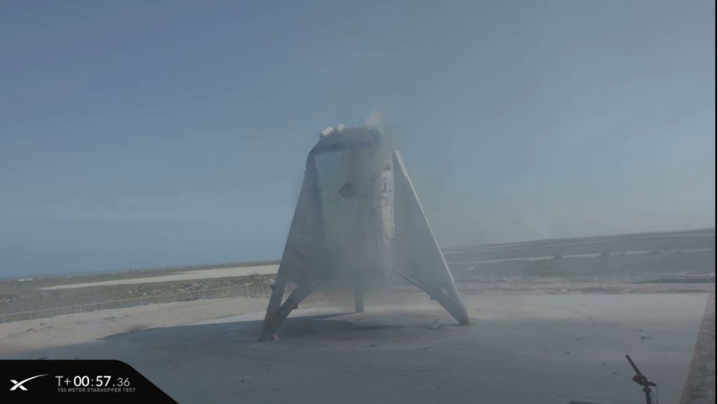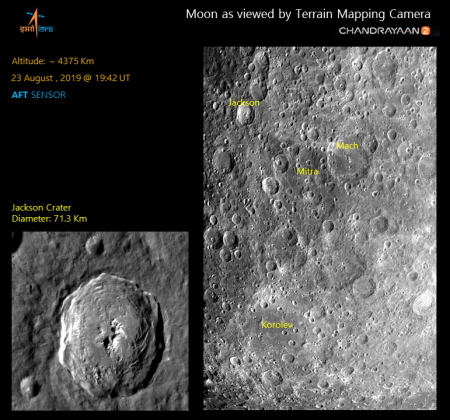Has Yutu-2 found something unusual?
According to Chinese sources, China’s lunar rover Yutu-2 has spotted something unexpected and unusual on the surface of the far side of the Moon.
On July 28, the Chang’e-4 team was preparing to power Yutu-2 down for its usual midday ‘nap’ to protect the rover from high temperatures and radiation from the sun high in the sky. A team member checking images from the rover’s main camera spotted a small crater that seemed to contain material with a color and luster unlike that of the surrounding lunar surface.
The drive team, excited by the discovery, called in their lunar scientists. Together, the teams decided to postpone Yutu-2’s plans to continue west and instead ordered the rover to check out the strange material. With the help of obstacle-avoidance cameras, Yutu-2 carefully approached the crater and then targeted the unusually colored material and its surroundings. The rover examined both areas with its Visible and Near-Infrared Spectrometer (VNIS), which detects light that is scattered or reflected off materials to reveal their makeup.
VNIS is the same instrument that detected tantalizing evidence of material originating from the lunar mantle in the regolith of Von Kármán crater, a discovery Chinese scientists announced in May.
So far, mission scientists haven’t offered any indication as to the nature of the colored substance and have said only that it is “gel-like” and has an “unusual color.” One possible explanation, outside researchers suggested, is that the substance is melt glass created from meteorites striking the surface of the moon.
The report is at present too vague to really tell us anything. What I predict is that this discovery will almost certainly not be as strange or alien as this report makes it sound.
According to Chinese sources, China’s lunar rover Yutu-2 has spotted something unexpected and unusual on the surface of the far side of the Moon.
On July 28, the Chang’e-4 team was preparing to power Yutu-2 down for its usual midday ‘nap’ to protect the rover from high temperatures and radiation from the sun high in the sky. A team member checking images from the rover’s main camera spotted a small crater that seemed to contain material with a color and luster unlike that of the surrounding lunar surface.
The drive team, excited by the discovery, called in their lunar scientists. Together, the teams decided to postpone Yutu-2’s plans to continue west and instead ordered the rover to check out the strange material. With the help of obstacle-avoidance cameras, Yutu-2 carefully approached the crater and then targeted the unusually colored material and its surroundings. The rover examined both areas with its Visible and Near-Infrared Spectrometer (VNIS), which detects light that is scattered or reflected off materials to reveal their makeup.
VNIS is the same instrument that detected tantalizing evidence of material originating from the lunar mantle in the regolith of Von Kármán crater, a discovery Chinese scientists announced in May.
So far, mission scientists haven’t offered any indication as to the nature of the colored substance and have said only that it is “gel-like” and has an “unusual color.” One possible explanation, outside researchers suggested, is that the substance is melt glass created from meteorites striking the surface of the moon.
The report is at present too vague to really tell us anything. What I predict is that this discovery will almost certainly not be as strange or alien as this report makes it sound.








